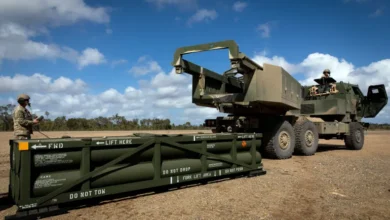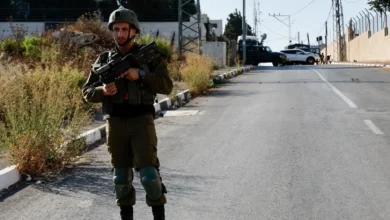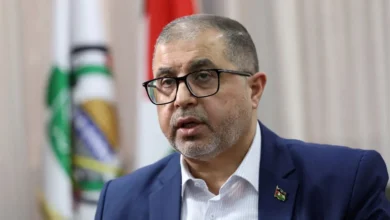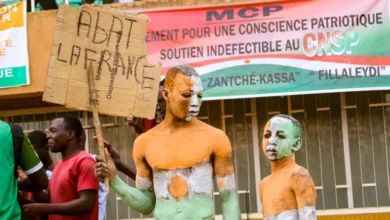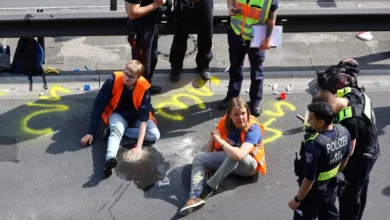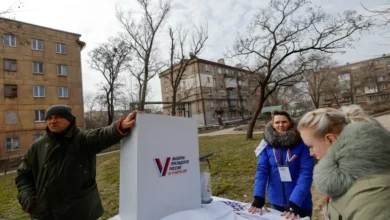Death toll from landslide in India’s Kerala hits 126 as rain hampers rescue work
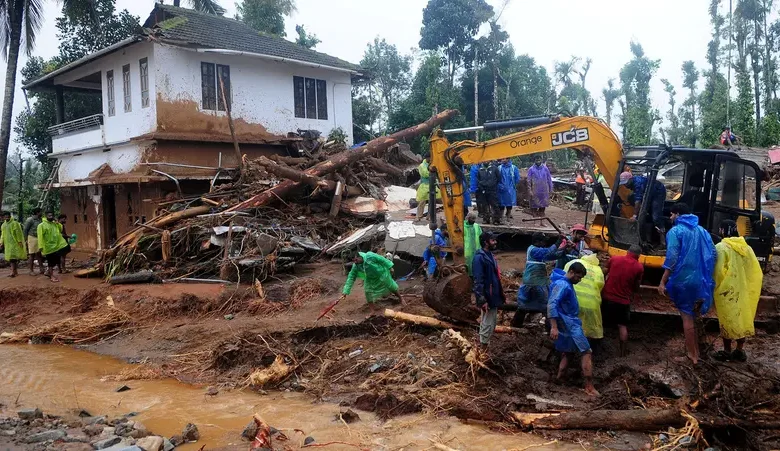
Relentless downpours and howling winds hampered Wednesday’s search for survivors of landslides that struck Indian tea plantations and killed 126 people, most believed to be laborers and their families.
Days of torrential monsoon rains have battered the southern coastal state of Kerala, with blocked roads into the disaster area in Wayanad district complicating relief efforts.
Several who managed to flee the initial impact of the landslides found themselves caught in raging flood waters coursing through a nearby river, volunteer rescuer Arun Dev said at a hospital treating survivors.
“Those who escaped were swept away along with houses, temples and schools,” he said.
Wayanad is famed for the tea estates that crisscross its hilly countryside, which rely on a large pool of laborers for planting and harvest.
Several plantations were hit by two successive landslides before dawn on Tuesday.
A number of brick-walled row homes built to accommodate seasonal workers were inundated by a powerful wall of brown sludge while laborers working on the estates and their families were asleep inside.
Other buildings were caked with mud as the force of the landslide scattered cars, corrugated iron and other debris around the disaster site.
The office of Kerala’s revenue minister K. Rajan told reporters that 122 bodies had been recovered as of midnight Wednesday (1830 GMT Tuesday).
Flood waters washed away a bridge connecting the worst-hit villages of Chooralmala and Mundakkai, forcing rescue teams to trudge on foot through difficult terrain.
More than 3,000 people were sheltering in emergency relief camps around Wayanad district, according to the state government.
Kerala’s disaster agency said more rain and strong winds were forecast for Thursday with the likelihood of “damage to unsafe structures” elsewhere in the state.
Monsoon destruction
Monsoon rains across the region from June to September offer respite from the summer heat and are crucial to replenishing water supplies.
They are vital for agriculture and therefore the livelihoods of millions of farmers and food security for South Asia’s nearly two billion people.
But they also bring destruction in the form of landslides and floods.
The number of fatal floods and landslides has increased in recent years, and experts say climate change is exacerbating the problem.
Damming, deforestation and development projects in India have also exacerbated the human toll.
Intense monsoon storms battered India this month, flooding parts of the financial capital Mumbai, while lightning in the eastern state of Bihar killed at least 10 people.
Nearly 500 people were killed around Kerala in 2018 during the worst flooding to hit the state in almost a century.
India’s worst landslide in recent decades was in 1998, when rockfalls triggered by heavy monsoon rains killed at least 220 people and buried the tiny village of Malpa in the Himalayas.
